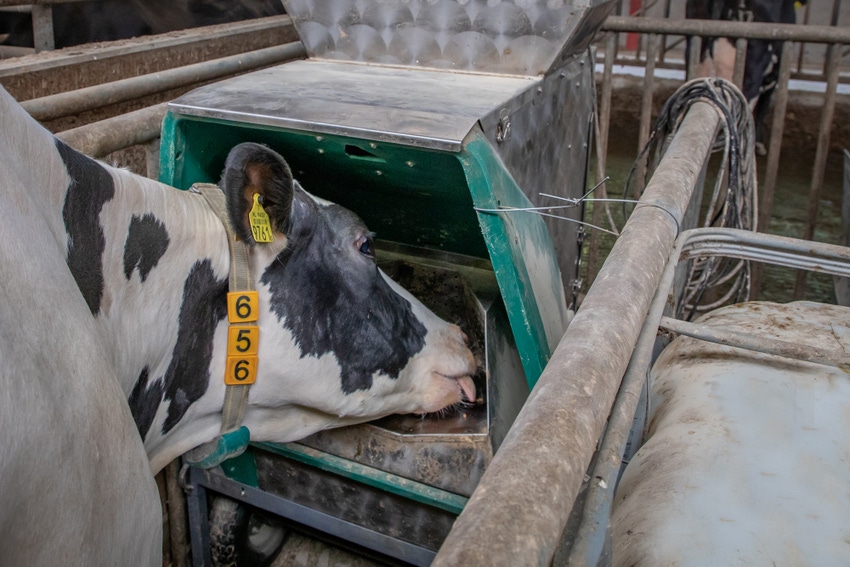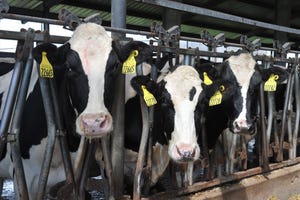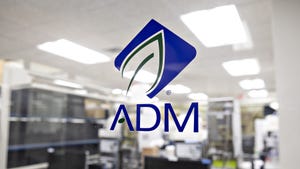New possibilities available for methane research in cows
Greenfeed system now allows the ability to request methane emission measurements as a part of dairy nutrition trials.
August 9, 2023

Schothorst Feed Research (SFR), an independent animal nutrition research company located in The Netherlands, now offers the possibility to collect methane emission data in nutritional studies with a Greenfeed, according to Marije van Tol, researcher at the facility.
The Greenfeed system consists of a cubicle where small portions of concentrates are offered to attract the cows. This now allows SFR clients to request methane emission measurements as a part of dairy nutrition trials.
“This offers new insights,” Van Tol said. “At our research farm, we study the impact of feeding strategies, ration composition and additives. Not only on production and health parameters, but from now on also on environmental aspects.”
Concerns about greenhouse gas emissions from livestock and dairy farms, as well as their connection to global warming and climate change, have grown among the general public worldwide in recent years. To evaluate these emissions, there is a need to use reliable methods. The ‘golden standard’ for assessing greenhouse gas emissions is measuring all incoming and outgoing gases from animals kept in climate respiration chambers. This is a very complicated and expensive method, and it does not reflect practical on-farm circumstances. Enteric methane and other greenhouse gas emissions from ruminants can be mitigated in numerous ways including management of the animals, the diets and the manure. With the addition of the Greenfeed to the research facilities, SFR can help achieve this goal.
Greenfeed system
The Greenfeed box is placed in the barn. The box is fitted with a cow identification sensor, to ensure that each cow does not receive more than 1 kg of concentrate per day from the Greenfeed. The cows usually visit the box multiple times per day.
“While the animal is in the Greenfeed, the exhaled air of the cow enters the equipment,” Van Tol explained. “The apparatus registers the pipe air flow rate and methane and carbon dioxide concentration in the air sample. From these data, the amount of methane exhaled per cow per day is calculated.”
Over the past years, Van Tol has tested the Greenfeed equipment under various management and nutritional circumstances. “It took some time to get used to the system, also for our dairy cattle. We also developed a protocol for calibrating the system and choosing the right amount of feed offered in the box. And we learned how to collect, process and evaluate the data. Now, we are ready for the next step: offering the methane measurements to our customers, as an optional extra to our research trial portfolio.”
Ready for the future
At the moment, dairy farmers are not yet rewarded for cutting their greenhouse gas emissions, but Van Tol said this might soon change. “Now is the time to investigate possibilities to reduce methane emissions. At SFR, we are now able to collect methane emission data under practical circumstances. This enables our customers to assess the impact of different feeding strategies, ration compositions and feed additives on methane emissions. Eventually, this will make it easier for dairy farmers to choose an effective set of (feed) measures to implement on their farm.”
You May Also Like



